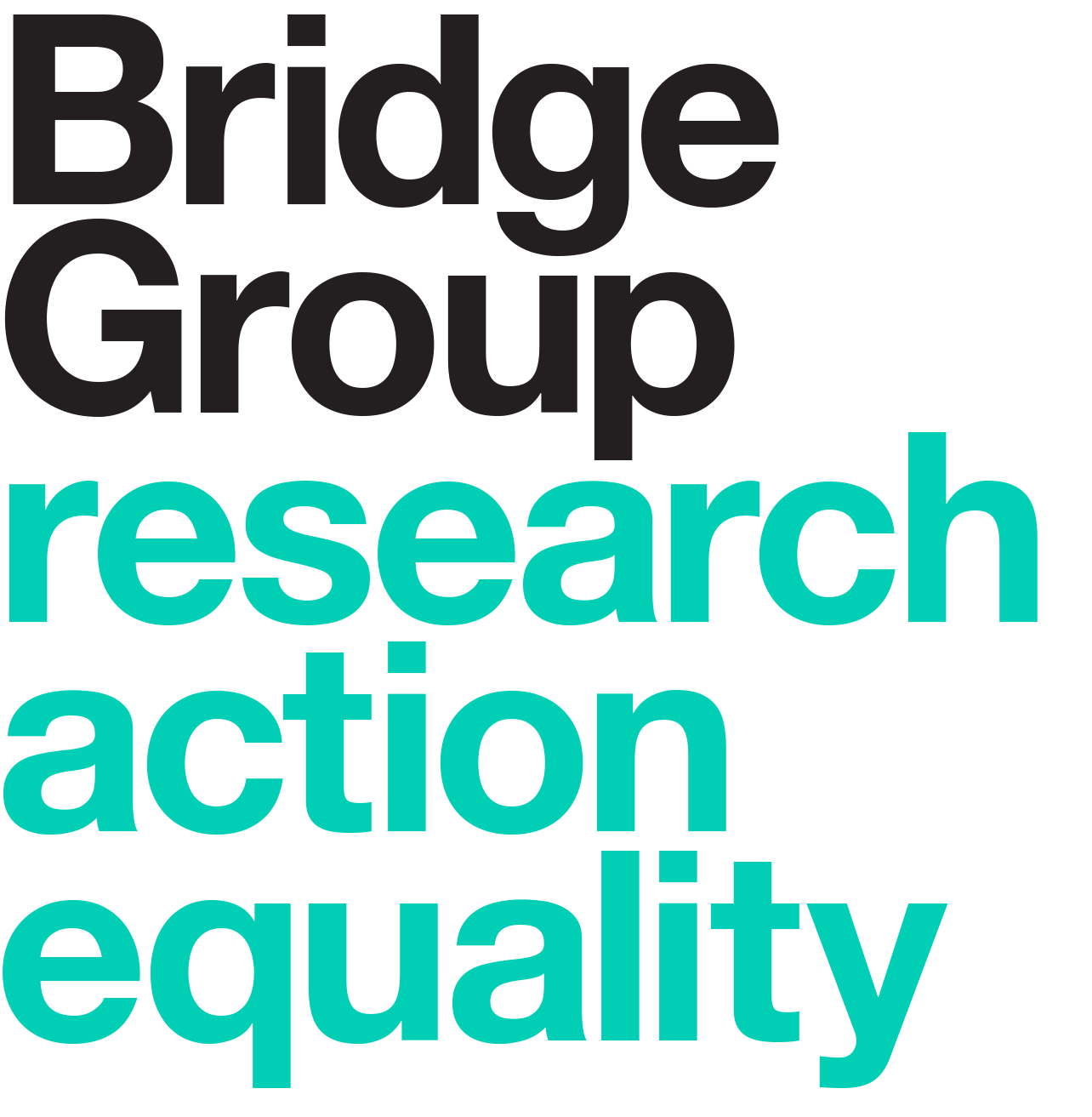Slaughter and May publishes report defining social mobility targets
Slaughter and May publishes report which defines their social mobility targets and the motivations behind them
14 December 2023
Slaughter and May has published its social mobility report, which sets targets for socio-economic diversity in its workforce, and explains the rationale behind the targets. The targets aim to increase the representation of low socio-economic background individuals in the firm as follows: Total workforce to 25% by 2033 from a baseline of 18.8%; Lawyer population to 15% by 2033 from a baseline of 10%; and Business Services teams to 40% by 2033 from a baseline of 34.7%.
The report was written following analysis of a robust data set by the Bridge Group. It explains the data collection process that was undertaken, the current diversity of the workforce, the targets that have been set, and the motivations behind them. Following the announcement of the targets in July, many other employers showed interest, so the report aims to inform these firms of the processes needed to undertake something similar.
By setting targets for socio-economic diversity, Slaughter and May demonstrates a commitment to search for talent irrespective of socio-economic background and makes the business accountable for delivering change. Progress will be monitored through annual tracking.
The reasoning behind the targets is clear: Greater socio-economic diversity in the workplace results in better performance, better decision-making and increased profitability, as well as enabling hard-working talent to get ahead, irrespective of socio-economic background.
The legal profession is one of the least diverse professions by socio-economic diversity – with 67% of individuals in the profession coming from higher socio-economic backgrounds (compared to 37% in the UK workforce as a whole).
Nik Miller, Chief Executive of the Bridge Group commented:
“Three key ingredients have enabled Slaughter and May to lead the sector globally in publishing these targets. First, the commitment and deep engagement of the most senior people in the partnership has ensured that there has been a resolute focus on the complementary aims of achieving competitive advantage and advancing social justice. Second, the unrelenting focus on the evidence and rigorous data analysis has ensured that the targets are stretching but feasible - and have been built on strong analytical foundations. Finally, targets are necessary but not sufficient: the corresponding commitment to actions that will achieve change is the most important aspect of all.”
